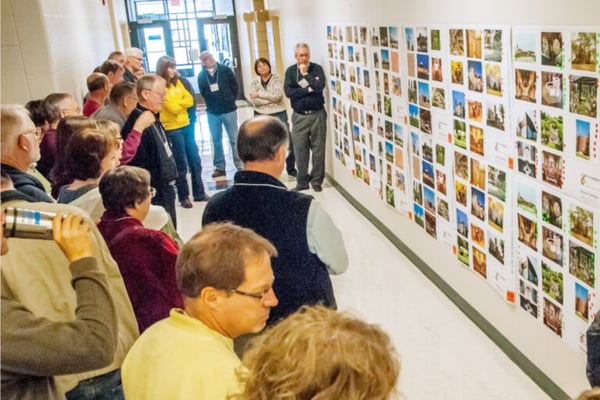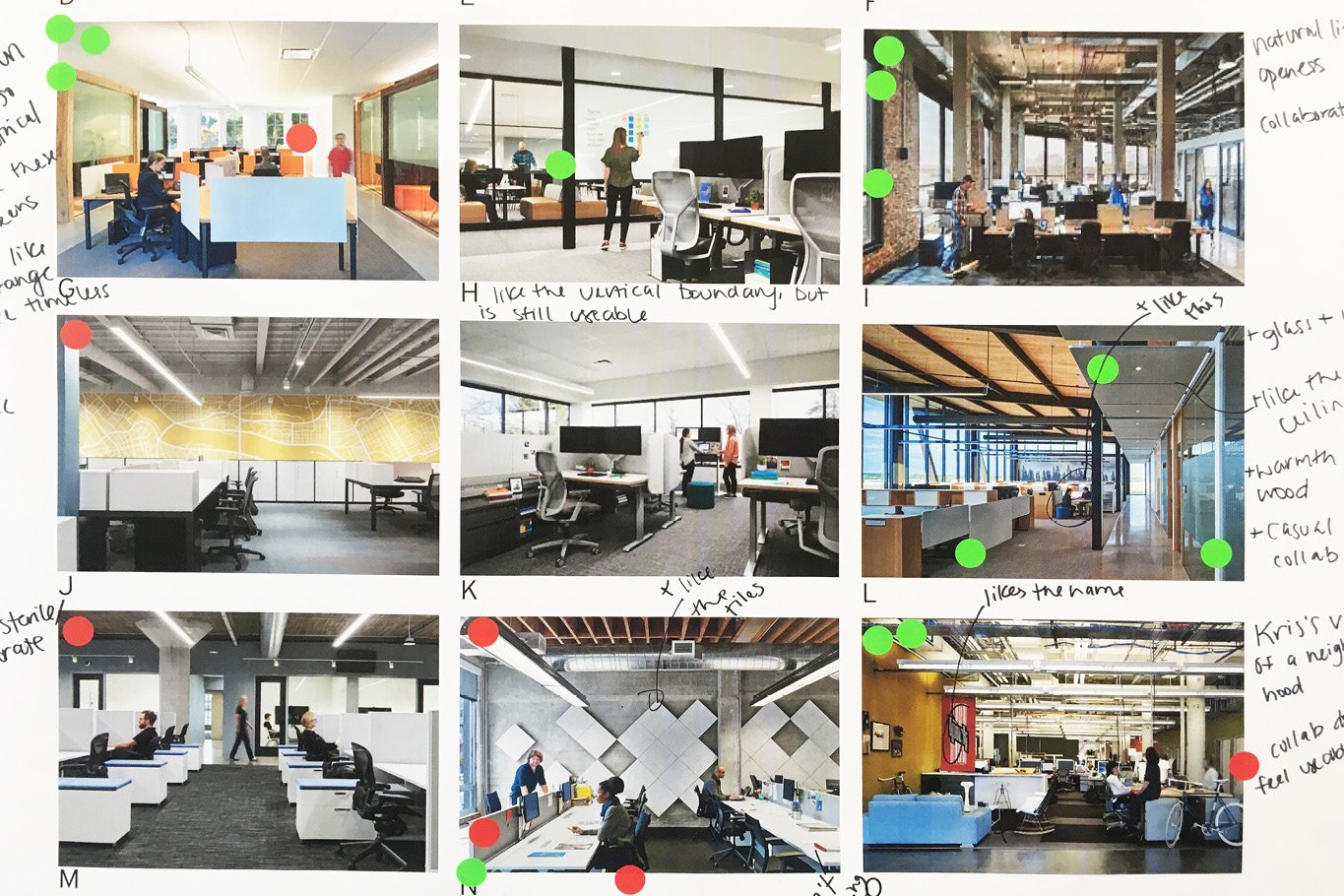Early in the design process, your architect will show you precedents to communicate ideas and better understand your likes and dislikes. We find that precedent research is most effective when clients understand its value and their role in the process.
This article will describe the precedent research process and how it will impact your building project. After reading, you will better understand how to deliver effective feedback and align the design team with your goals.
What is Precedent Research?
Precedents are analogous projects that inspire or steer design decisions. They help architects generate ideas and solve problems. Additionally, they help validate a proposed approach, assuring the building can be constructed and will operate as intended.
Precedents are not limited to a period, style, or building type. Anything from a 15th-century Gothic Cathedral to a modern office building can inspire a new idea.
A single precedent will not cover every aspect of your project. Instead, your architect will break the project into separate components and find precedents for each. These components may include:
- Building type
- Façade materials
- Interior materials
- Site design
- Sustainable design strategies
Although your architect will take inspiration from various sources, they are not simply copying and pasting elements. Precedents help inform unique solutions and create a cohesive vision.
What’s Your Role in Precedent Research?
Precedent research is not only something an architect does on the backend. Your architect will use precedents to communicate ideas and align your vision with the proposed approach.
Visual Feedback Exercises
Early visioning workshops may involve visual feedback exercises where you will view images of past projects and discuss your thoughts. Your architect will ask about your likes and dislikes to better understand your tastes, goals, and needs.
These activities can introduce you to different approaches, design styles, and ways of working—helping you realize your project’s potential. If you have an idea in your mind, you can also share precedent images with your architect to communicate your thoughts.

Visual feedback exercises provide an opportunity to view precedents.
Benchmarking Tours
In addition to visual listening exercises, you may also go on benchmarking tours and visit facilities like the one you plan to build. As your architect guides the tour, you will have the chance to share your thoughts and opinions. You will also get to talk with the building’s occupants and learn about their experiences.
Together, these activities give your architect a better understanding of your needs and wishes, helping them create something unique to your organization.
Precedent research will continue throughout the design process. As you reach different design phases, your architect may introduce a new set of precedent images. For example, in Design Development, you will likely pick interior finishes. Precedent examples will help you understand how your choice will impact the overall look and feel of the space.
How Should You Provide Feedback?
Precedent research is a chance to voice your opinions and make sure your voice is heard. Establishing alignment with your architect at the project’s onset is the foundation of a successful experience.
When discussing your opinions, be as specific as possible. Your architect wants to know why one precedent captures your eye and another does not.
What specifically speaks to you about the image? Is it the use of color or the choice of materials?
Any response is helpful, as it helps the design team distill the solution to best suit your needs.
What Are Your Next Steps?
Precedent research is a crucial early step in the architectural process. It not only helps your architect generate ideas and solutions, but it also helps them better understand your needs and the problems you want to solve.
Ultimately, studying the work of others helps create a shared language and leads to more effective solutions. When discussing precedents, be vocal with your responses and specific with your feedback. A thorough and engaging discussion creates the best results.
Now that you better understand precedent research, learn how a programming study can help you establish project goals.
